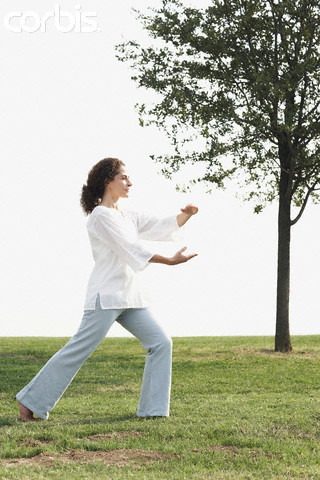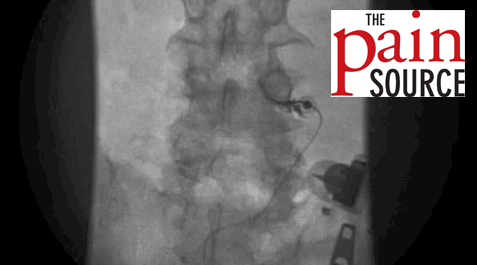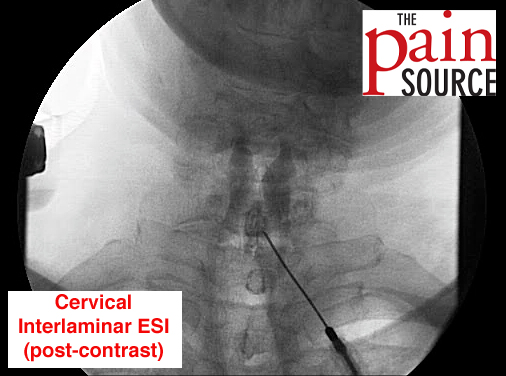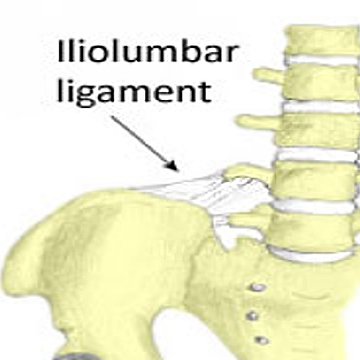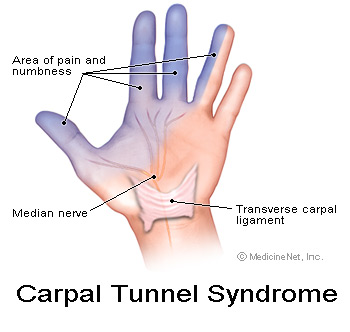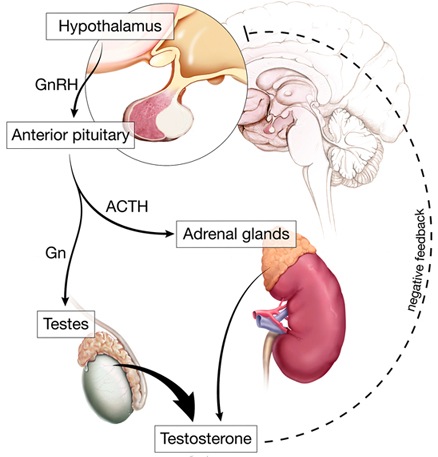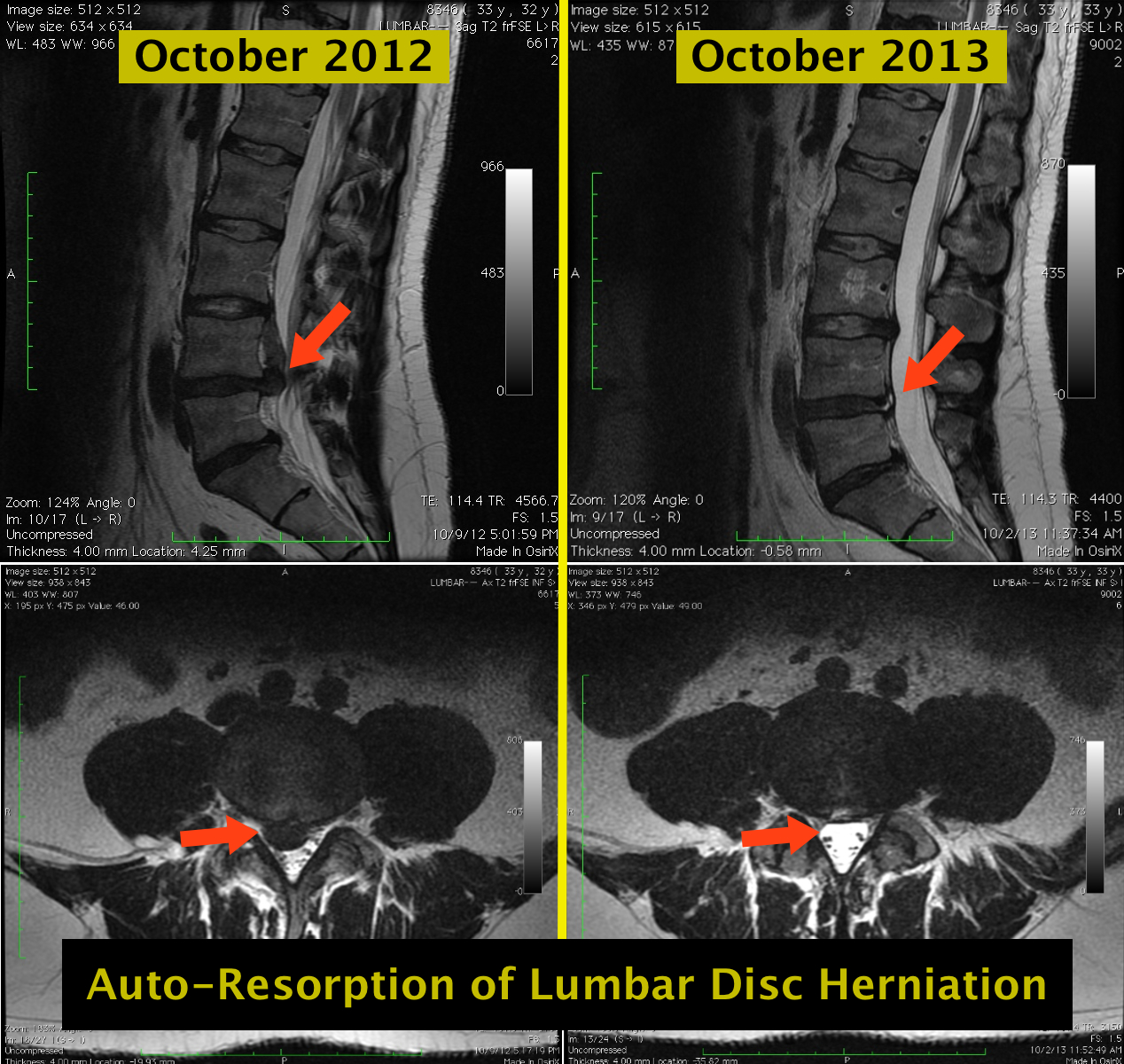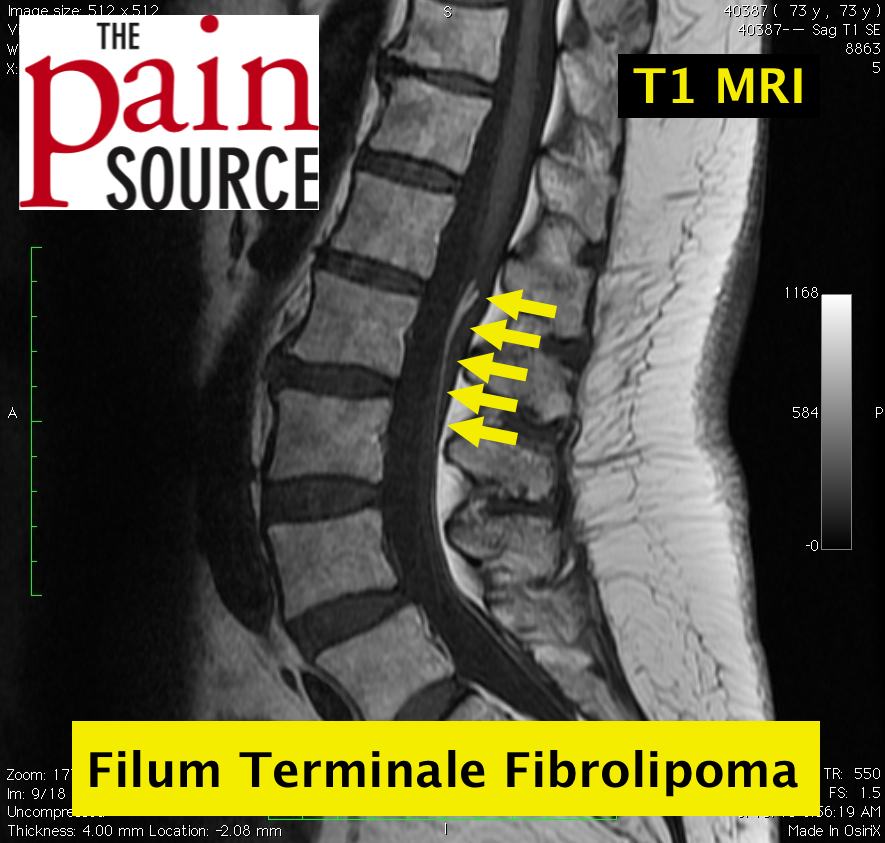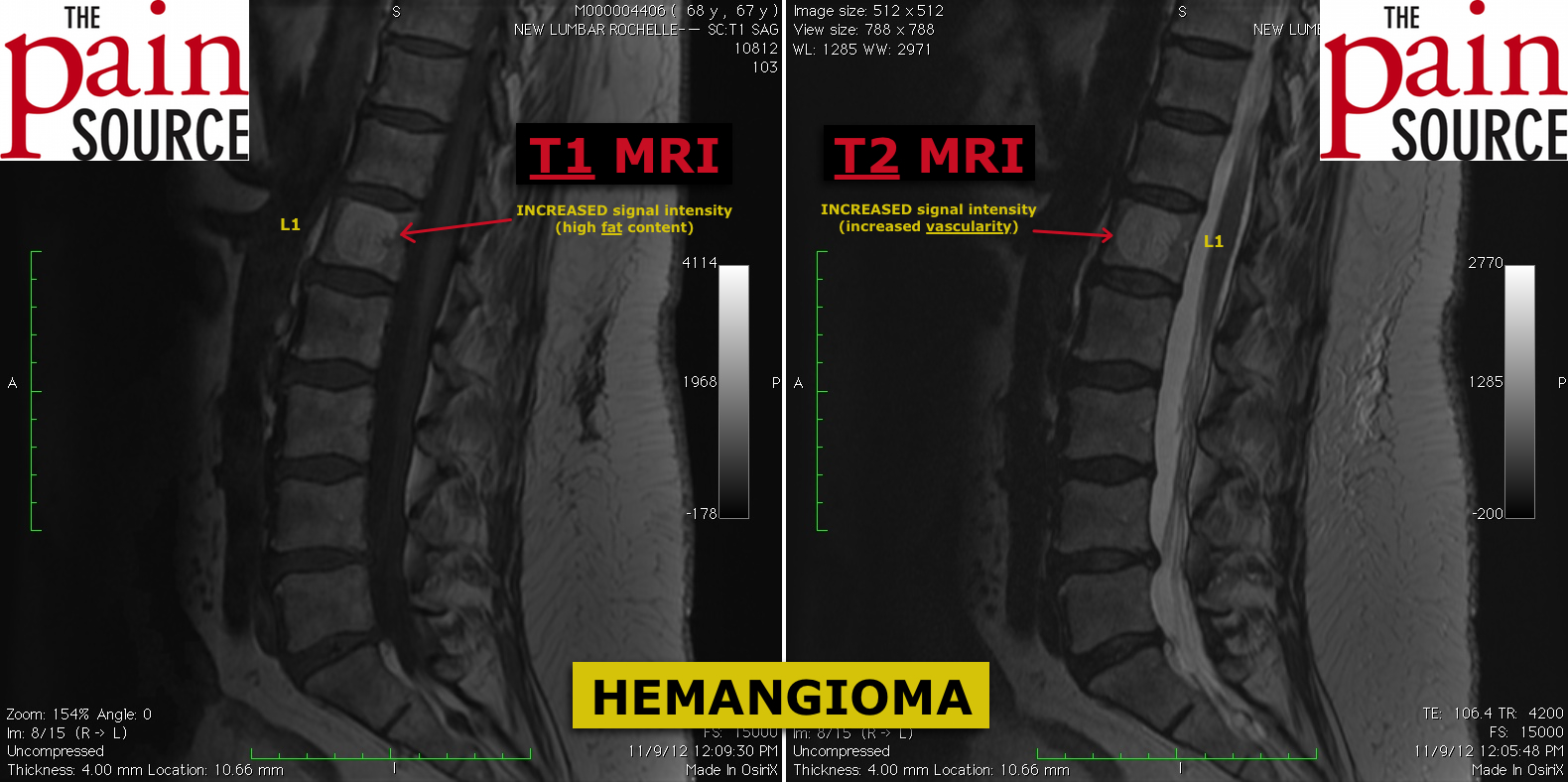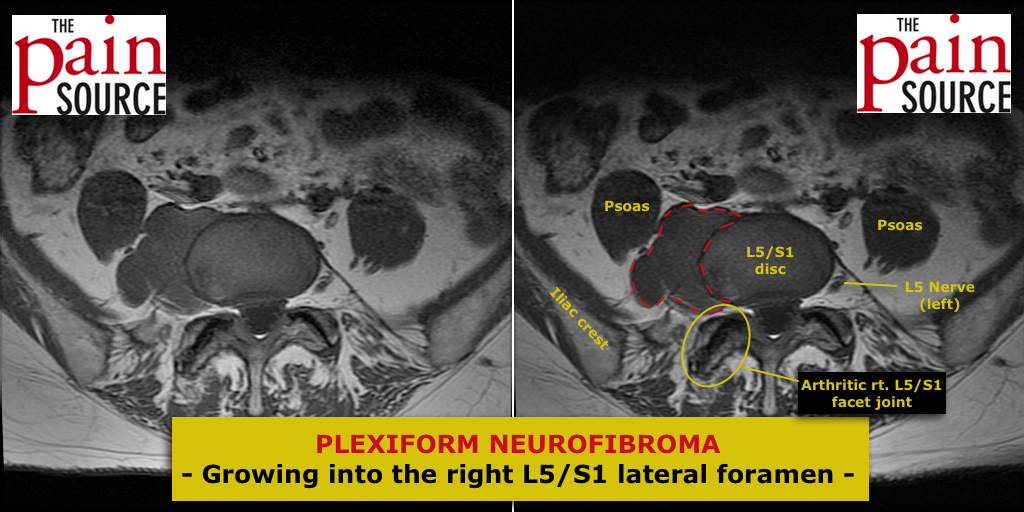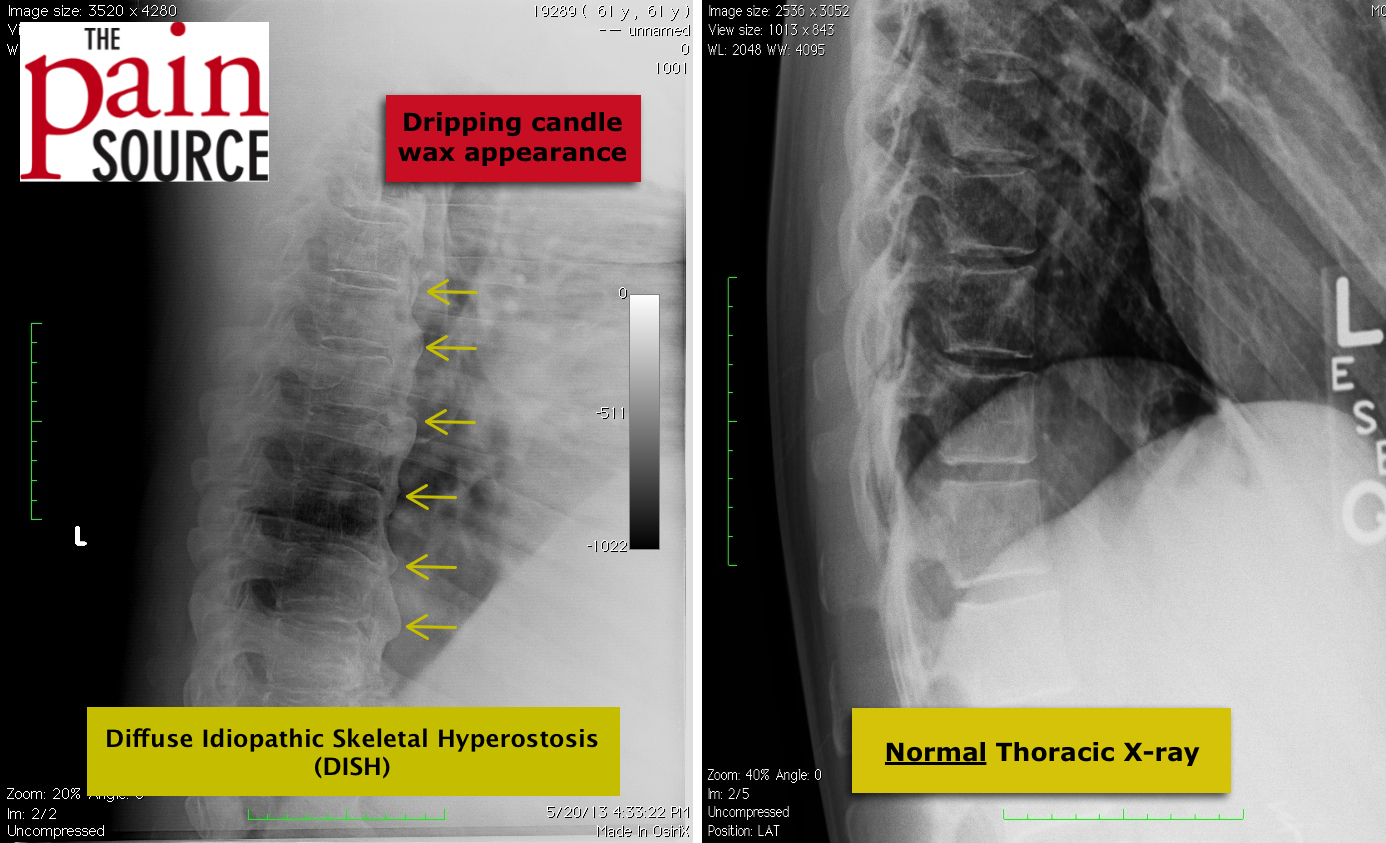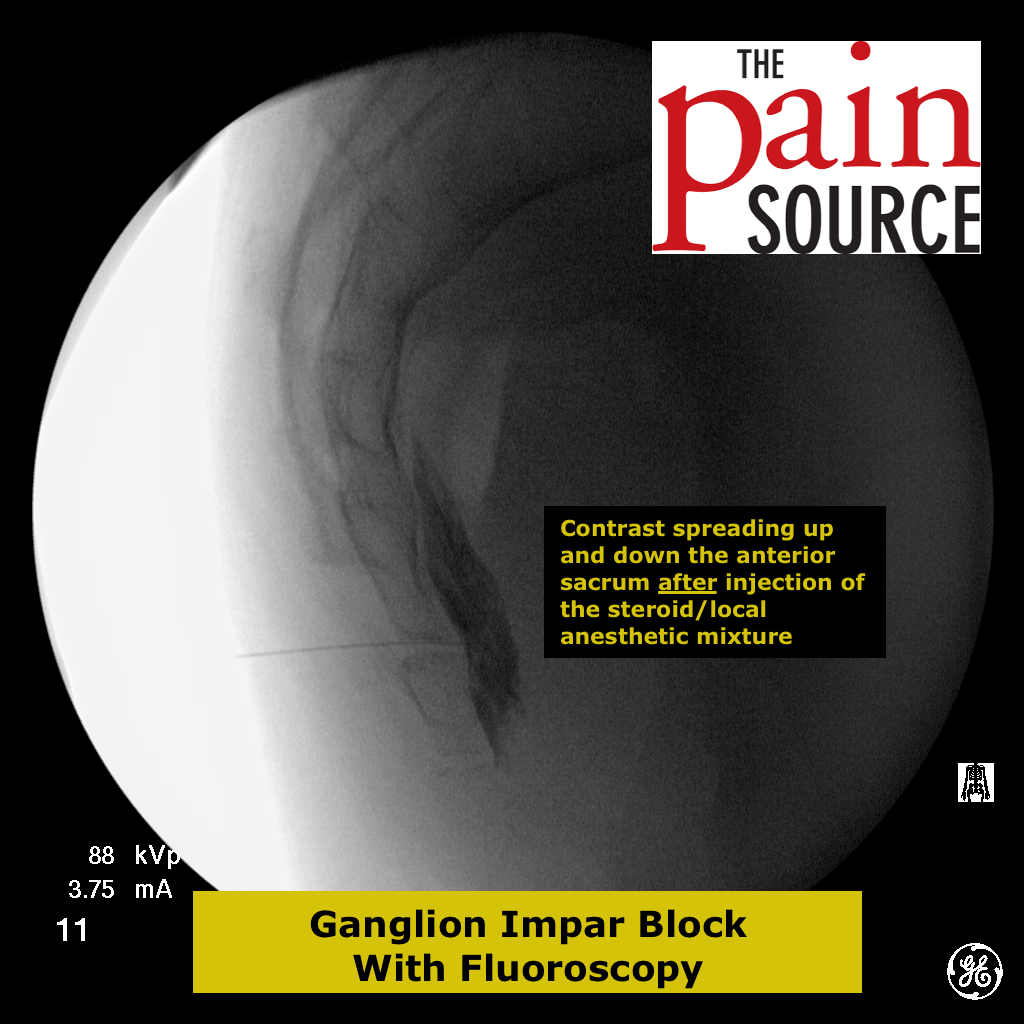By Chris Faubel, MD —
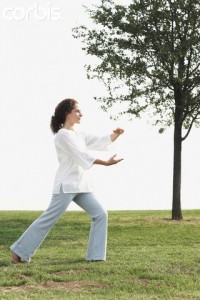
N Engl J Med. 2010 Aug 19;363(8):743-54
A randomized trial of tai chi for fibromyalgia.
Wang C, Schmid CH, Rones R, Kalish R, Yinh J, Goldenberg DL, Lee Y, McAlindon T.
Division of Rheumatology, Tufts Medical Center, Tufts University School of Medicine, Boston, MA 02111, USA. cwang2@tuftsmedicalcenter.org
Get the abstract here
Summary of Study
- Purpose: to evaluate the effectiveness of Tai Chi in the multidisciplinary treatment of patients with fibromyalgia.
- Single-blind, randomized, controlled trial
- Study Participants
- 21 years of age or older and fulfilled the American College of Rheumatology 1990 diagnostic criteria for fibromyalgia.
- Exclusion criteria:
- Done Tai Chi in the prior 6 months
- Other diagnosed medical conditions known to contribute to fibromyalgia symptoms
- Were able to continuing using their same medications and to maintain their usual physician visits (changes in meds were allowed)
- 59 total subjects (after screenings): 30 in the Tai Chi group; 29 in the control group
- Baseline characteristics (means)
- Female: 86%
- Whites: 56%
- Age of 50
- BMI of 32.7
- Duration of fibromyalgia symptoms = 11 years
- Methods
- Tai Chi intervention (classic Yang-style) — taught by tai chi master
- Twice a week for 12 weeks
- 60 minutes per session
- Subjects were told to practice tai chi at home for at least 20 minutes each day.
- At the end of the 12 weeks, they were encouraged to maintain their tai chi, using an instructional DVD, up until the follow-up visit at 24 weeks.
- Control intervention (wellness education and stretching program)
- Twice a week for 12 weeks
- 60 minutes per session
- 40-minute didactic lesson on a topic relating to fibromyalgia (diagnostic criteria; coping strategies and problem-solving techniques; diet and nutrition; sleep disorders and fibromyalgia; pain management, therapies, and medications; physical and mental health; exercise; and wellness and lifestyle management)
- 20 minutes of stretching (upper body, trunk, and lower body; held for 15 to 20 seconds)
- Told to practice stretching at home for 20 minutes a day
- Tai Chi intervention (classic Yang-style) — taught by tai chi master
- Outcome Measures
- Fibromyalgia impact questionnaire (FIQ)
- Measure of the overall severity of fibromyalgia as rated by patients.
- Scores range from 0-100. Higher scores = more severe
- Visual analogue scale (VAS)
- 0-10 scale. Higher numbers = more pain
- 6-minute walk test — by blinded staff
- The distance covered. Objective assessment of mobility.
- Pittsburgh Sleep Quality Index (PSQI)
- Scores range from 0 to 21. Higher scores = worse sleep quality
- Short-Form Health Survey (SF-36) — Physical and mental quality-of-life components
- Higher scores = better health status
- Center for Epidemiologic Studies Depression (CES-D)
- Scores range from 0 to 60. Higher scores = more severe depression
- Recorded changes in the use of medications
- Fibromyalgia impact questionnaire (FIQ)
- Results
- Rate of attendance during the 12-week intervention
- 77% for the tai chi group
- 70% for the control group
- No adverse events were noted
- Tai chi group (30 subjects) vs. Control group (29 subjects) — MEAN CHANGES
- FIQ
- 12 weeks: -27.8 vs −9.4
- 24 weeks: −28.6 vs -10.2
- VAS
- 12 weeks: -2.5 vs −0.6
- 24 weeks: −2.4 vs -−0.7
- PSQI
- 12 weeks: -3.6 vs -0.7
- 24 weeks: −4.2 vs -1.2
- 6-minute walk test (yards)
- 12 weeks: +60.6 vs +16.3
- 24 weeks: +49.8 vs +23.2
- BMI
- No significant change in either group
- SF-36 (physical component)
- 12 weeks: +8.5 vs +1.4
- 24 weeks: +8.4 vs +1.5
- SF-36 (mental component)
- 12 weeks: +7.7 vs +1.6
- 24 weeks: +8.5 vs +1.2
- CES-D
- 12 weeks: −8.1 vs -2.3
- 24 weeks: −6.5 vs -2.4
- Note: all of the above differences were statistically significant
- The observed benefits exceeded the specified thresholds for clinically significant improvement in the FIQ score and in the measures used to assess pain, sleep quality, depression, and quality of life, and these benefits were sustained at 24 weeks.
- At 12 weeks, more subjects had discontinued medication used to treat fibromyalgia in the tai chi group than in the control group, but the difference was not statistically significant (11 of 31 patients vs. 4 of 26, P = 0.09).
- FIQ
- Rate of attendance during the 12-week intervention
- Conclusions
- Tai chi is a safe and effective treatment in the multidisciplinary management of fibromyalgia.

